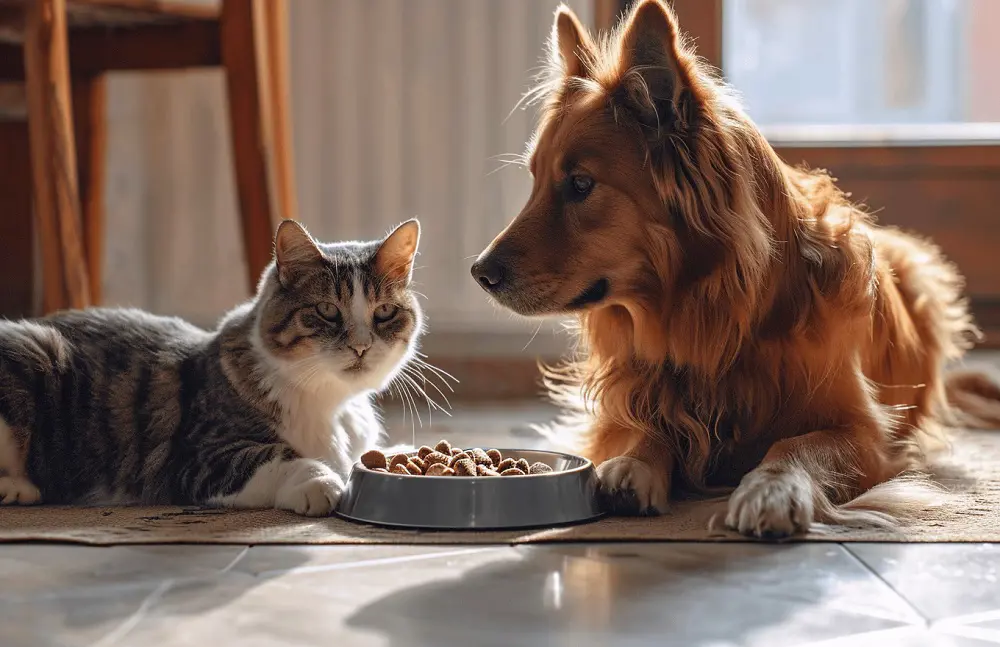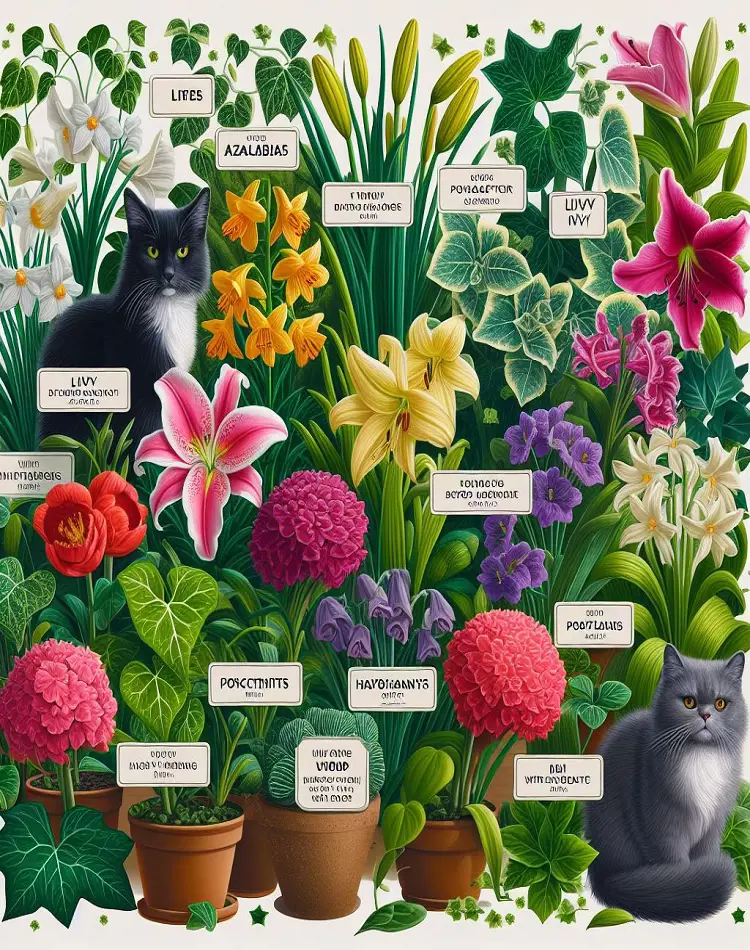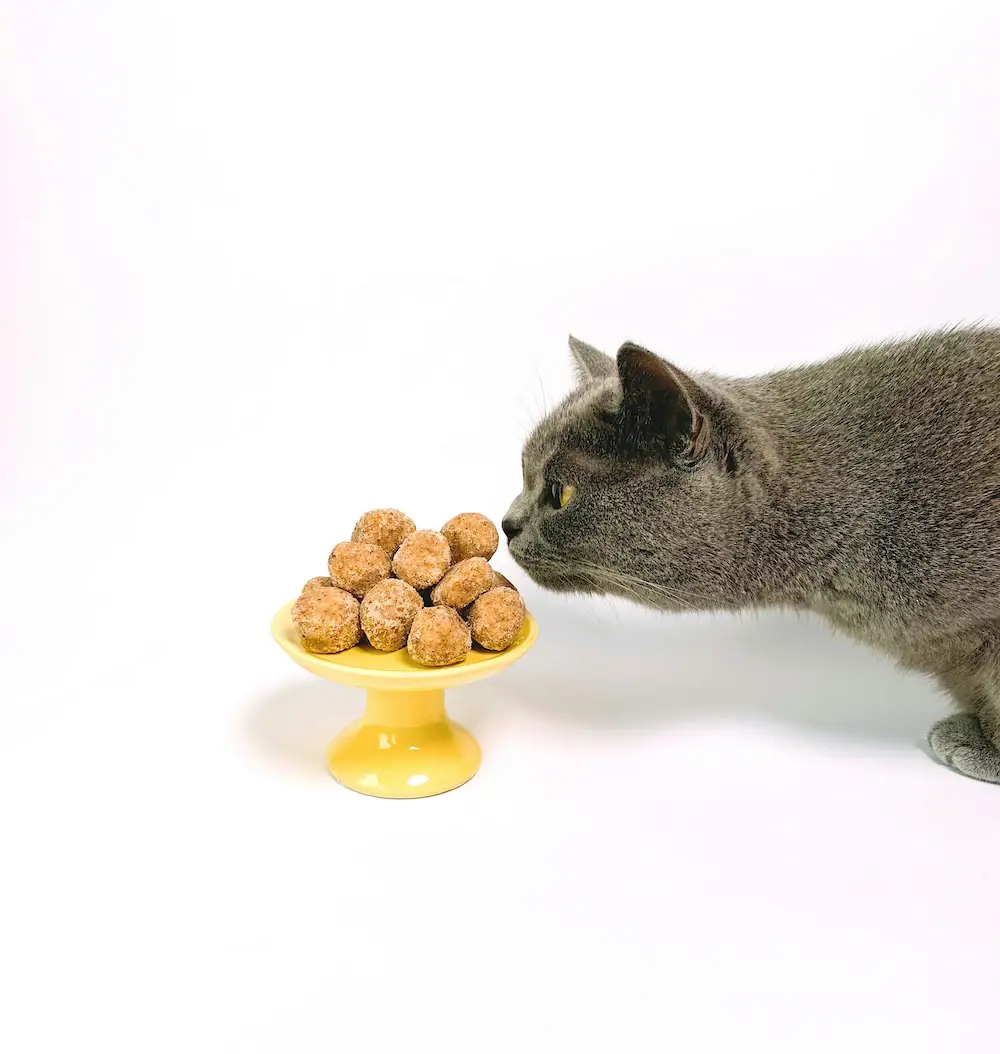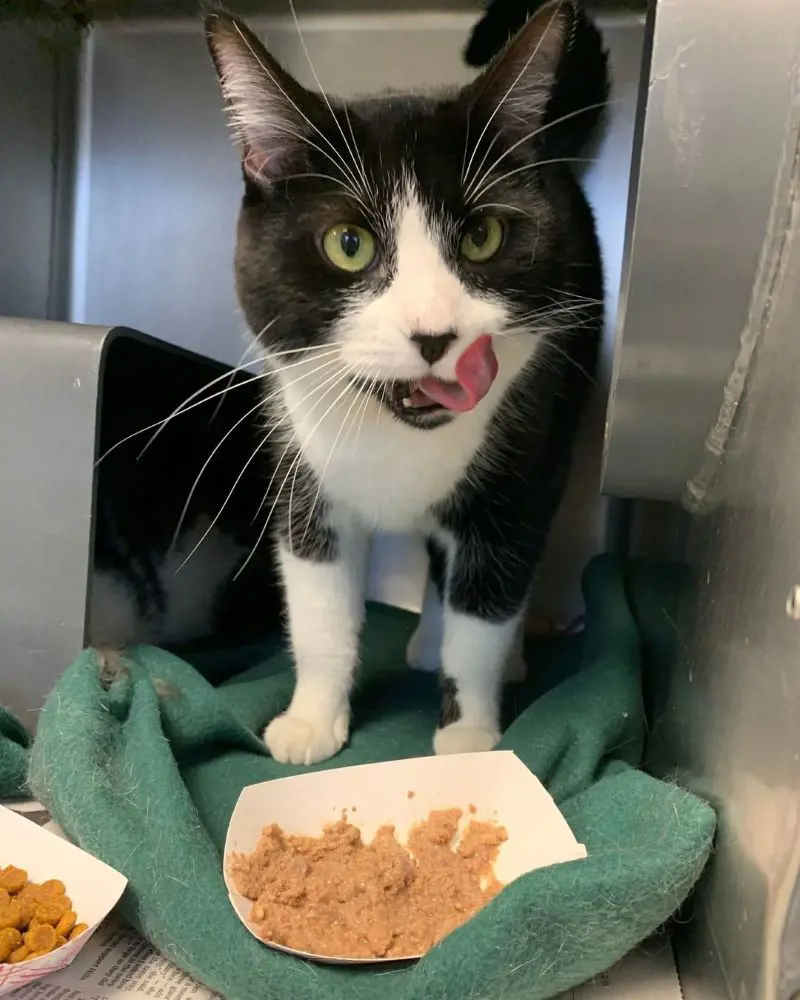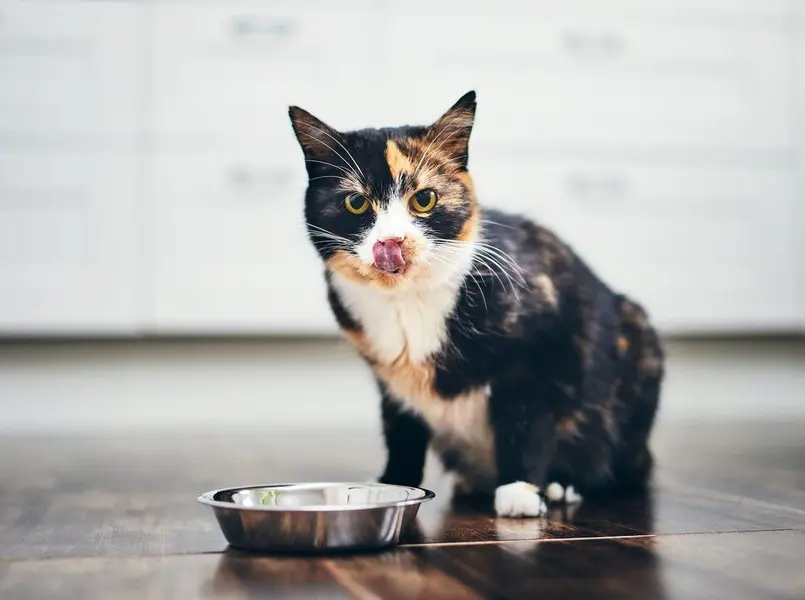The Raw Truth: Should Your Cat Eat a Raw Food Diet?

Feeding a cat a raw diet has become popular among pet owners looking to provide a more natural and potentially healthier option for their feline companions. However, this approach is not without its controversies and complexities.
This article aims to delve into the specifics of raw diets for cats, examining what they entail, why they might be considered, their safety, how to ensure they are complete and balanced, preparation methods, commercial options, and alternatives.
What Is a Raw Diet for Cats?
A raw diet for cats typically includes uncooked meat, organs, bones, and sometimes other raw ingredients like eggs and vegetables.
This diet mimics what a cat would naturally consume in the wild, focusing on providing high-protein, low-carbohydrate meals. The premise is that such a diet aligns more closely with a cat's biological needs compared to many commercial kibbles and canned foods, which often contain fillers and artificial ingredients.
Why Consider It?
Health Benefits
Proponents of raw diets argue that feeding cats raw food can offer numerous health benefits. These include:
- Improved Digestion: Raw diets are said to be more digestible, potentially leading to fewer digestive issues.
- Healthier Skin and Coat: The natural oils and nutrients found in raw foods can contribute to a shinier coat and healthier skin.
- Increased Energy Levels: Many pet owners report that their cats exhibit higher energy levels and vitality on a raw diet.
- Better Dental Health: Chewing raw meat and bones can help clean a cat's teeth and reduce tartar buildup.
- Weight Management: Raw diets are typically high in protein and low in carbohydrates, which can help maintain a healthy weight.
Alignment with Natural Diets
Cats are obligate carnivores, meaning their bodies are designed to consume a diet primarily composed of meat. Raw diets aim to replicate the natural diet of wild cats, which consists mainly of whole prey. This includes muscle meat, organs, and bones, providing a wide range of nutrients that are essential for a cat's health.
Are Raw Food Diets Safe?
Risks of Pathogens
One of the primary concerns with raw diets is the risk of bacterial contamination, such as Salmonella, E. coli, and Listeria. These pathogens can pose health risks not only to cats but also to humans handling the food. While cats have a more acidic stomach environment that can kill off some bacteria, they are not immune to infections.
Nutritional Imbalances
Another significant risk is the potential for nutritional imbalances. A raw diet must be carefully formulated to ensure it meets all of a cat's nutritional needs, including essential amino acids (like taurine), vitamins, and minerals. Without proper knowledge and preparation, it's easy to create a diet that lacks key nutrients, leading to health issues over time.
Veterinary Concerns
Many veterinarians are cautious about recommending raw diets due to the aforementioned risks.
The American Veterinary Medical Association (AVMA) has expressed concerns about the safety and nutritional adequacy of raw diets, emphasizing the importance of ensuring any diet is complete and balanced.
Complete and Balanced Raw Food Diets
Essential Nutrients
A complete and balanced raw diet should include:
- Muscle Meat: Provides protein and essential amino acids.
- Organs: The liver, kidney, and other organs supply crucial vitamins and minerals.
- Bones: Raw, meaty bones are a source of calcium and phosphorus.
- Supplements: Additional vitamins and minerals may be needed to ensure nutritional adequacy, such as taurine, omega-3 fatty acids, and vitamin E.
Formulating the Diet
Formulating a raw diet that is both complete and balanced can be complex. It often requires:
- Research and Planning: Understanding feline nutritional requirements and planning meals accordingly.
- Veterinary Guidance: Consulting with a veterinarian or a pet nutritionist who has experience with raw diets.
- Regular Monitoring: Regular health check-ups and blood tests to ensure the cat is receiving adequate nutrition.
How to Prepare a Raw Diet for Your Cat
Ingredients
Key ingredients for a raw diet include:
- Meat: Chicken, turkey, rabbit, beef, and other meats.
- Organs: Liver, kidney, heart, and other organ meats.
- Bones: Chicken necks, wings, and other raw bones that are safe for cats to consume.
- Supplements: Fish oil, taurine powder, and other necessary supplements.
Preparation Steps
- Source Quality Ingredients: Obtain high-quality, fresh ingredients from reputable sources.
- Proper Handling: Practice good hygiene to avoid contamination, such as washing hands and utensils thoroughly.
- Grinding and Portioning: Grind meats and bones to appropriate sizes and portion meals according to your cat's dietary needs.
- Storage: Store prepared meals in the freezer and thaw them in the refrigerator before serving.
Transitioning to a Raw Diet
Transitioning a cat to a raw diet should be done gradually to avoid digestive upset. Start by mixing a small amount of raw food with the cat's current diet and gradually increase the raw portion over several weeks.
Commercial Raw Diets for Cats
For those who prefer the convenience of ready-made options, several companies offer commercial raw diets for cats. These products are typically available in frozen or freeze-dried forms and are formulated to be nutritionally complete and balanced.
Advantages
- Convenience: Easy to serve and require minimal preparation.
- Nutritional Assurance: Many commercial raw diets are designed by pet nutritionists to meet all of a cat's dietary needs.
- Variety: Wide range of protein sources and recipes to suit different cats' preferences and needs.
Considerations - Cost: Commercial raw diets can be more expensive than homemade options.
- Quality Control: It’s essential to choose reputable brands with rigorous quality control standards to ensure food safety and nutritional adequacy.
Raw Diet Alternatives
If a raw diet seems too challenging or risky, there are alternatives that aim to provide similar benefits without the associated drawbacks.
High-Quality Canned and Dry Foods
Many high-quality canned and dry cat foods are formulated to be nutritionally complete and can offer a balanced diet. Look for products with high protein content, low carbohydrates, and minimal fillers and artificial ingredients.
Homemade Cooked Diets
For those who prefer to prepare their cat's food at home, cooked diets can be a safer alternative to raw diets. Cooking meat and other ingredients eliminates the risk of bacterial contamination while still allowing for control over the ingredients.
Freeze-Dried and Dehydrated Raw Foods
These products undergo processes that reduce the risk of pathogens while preserving the nutritional benefits of raw ingredients. They are often rehydrated before feeding and can be a convenient middle ground between raw and commercial diets.
Conclusion
Feeding your cat a raw diet can offer potential health benefits and align closely with their natural dietary needs. However, it's crucial to consider the risks, ensure the diet is complete and balanced, and take necessary precautions in preparation and handling. Consulting with a veterinarian or a pet nutritionist can provide valuable guidance in making an informed decision. For those who prefer convenience or have concerns about safety, high-quality commercial diets and alternative feeding options are viable choices that can also support your cat's health and well-being.
Recent posts
Cat Foods
Can Cats Eat Dog Foods?
Feeding pets is a significant aspect of their care, and understanding the nutritional needs of different species is crucial. Many pet owners, especially those with both cats and dogs, might wonder if their feline friends can safely eat dog food. Whil...
Plants That Are Poisonous For Cats
Meet the deceptive cast of beautiful and alluring common plants that pose a perilous threat to our feline friends. Among the plants poisonous for cats stands the alluring yet treacherous lily, celebrated for its enchanting blossoms that belie a toxic...
15 Homemade Cat Food Recipes
Preparing homemade cat food is not just a culinary adventure but also a loving gesture toward your feline companion's well-being. Picture a medley of lean meats, nutrient-packed vegetables and essential supplements all coming together to form a...
20 Cat Friendly Human Foods For Occasional Treats
As loving pet owners, we often find ourselves wanting to spoil our feline companions with special treats. While there is a wide array of commercial cat treats available, many of us wonder if there are human foods that can be safely shared with our fu...
Cat Feeding Guide: Nutritional Needs, Portions, and Tips
Feeding your cat the right amount of food is crucial for maintaining its health and well-being. Overfeeding can lead to obesity, while underfeeding can cause nutritional deficiencies. This guide will help you understand how much you should feed your ...
10 Best Wet Food For Kittens
Wet food for kittens has a high moisture content that helps to keep young felines well-hydrated and supports their muscle growth. These types of food tend to be more palatable for picky eaters which makes them an excellent choice for cats with discer...
